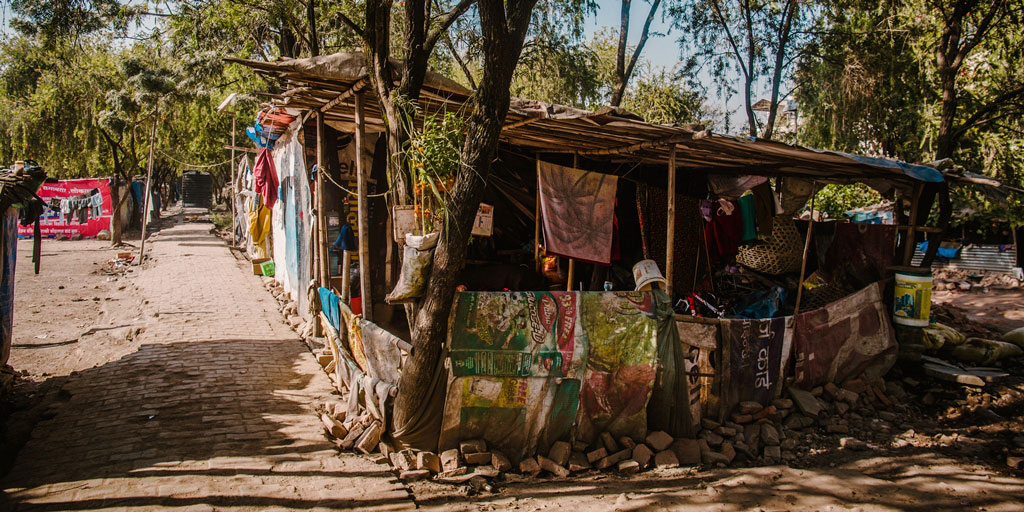
Slum and Squatter Settlements
There are about 900 children who currently live in squatter settlements along the Bagmati River.
The settlements originally housed temporarily relocated disaster victims, but inappropriate planning and management has exacerbated the dire living conditions for the displaced and those living in temporary shelters and makeshift tents.
As urban poor, their poverty and marginalisation results in disproportionate damage and suffering during disasters. According to the United Nations (2014), 41% of squatters living in precarious conditions and risk prone in Kathmandu Valley are children and youth, for whom these disasters have devastating consequences.
Children also become susceptible to:
— Increasingly unsafe and unhygienic conditions
— Infectious diseases
— Lack of access to education or disruptions and dropout
Financial instability, frequent illness and a lack of regular meals are cited as reasons for children remaining out of school. Furthermore, little suitable space for study in their homes and a lack of stationary further constrain children’s ability to study.
It is not just children who are at risk. Adults too suffer from frequent incidence of illness, most of whom are daily wage workers in shops, home and on construction sites (CWC, 2015). Their surroundings are also far from ideal. Shelters that are weak in structure – most of which are constructed with bamboo and have plastic walls and roofs – make for unsafe, unclean and unhygienic living conditions..
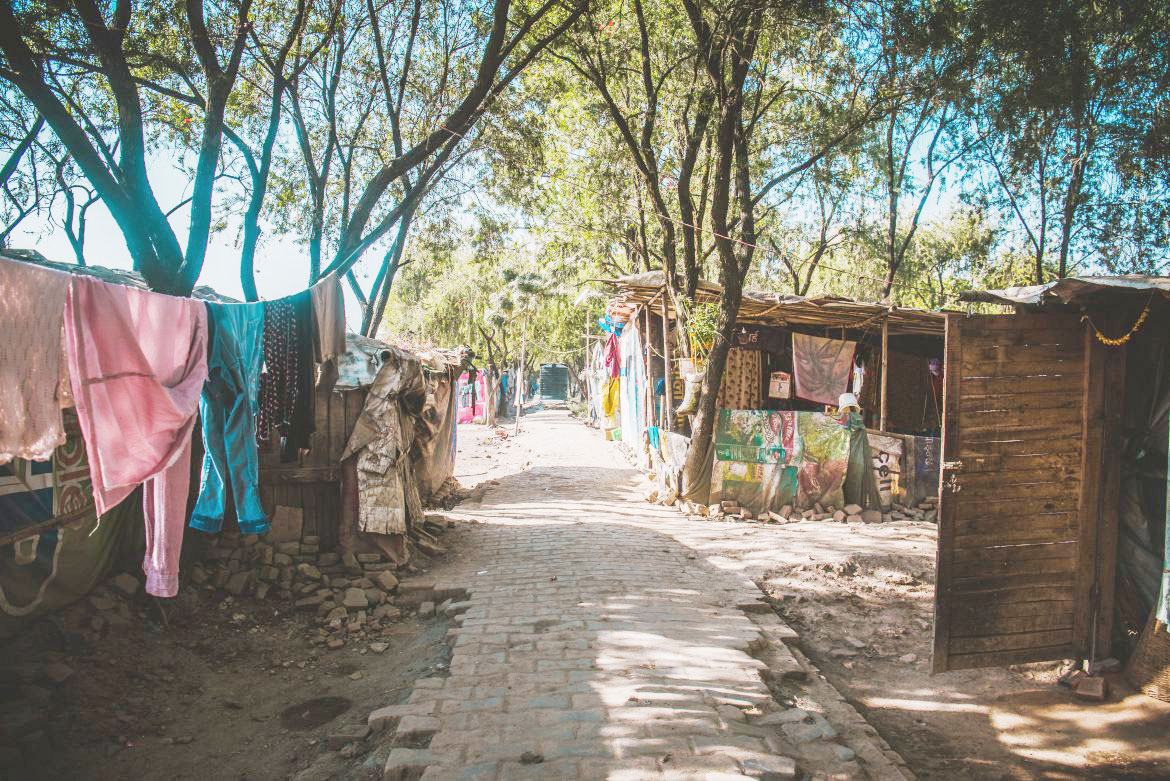
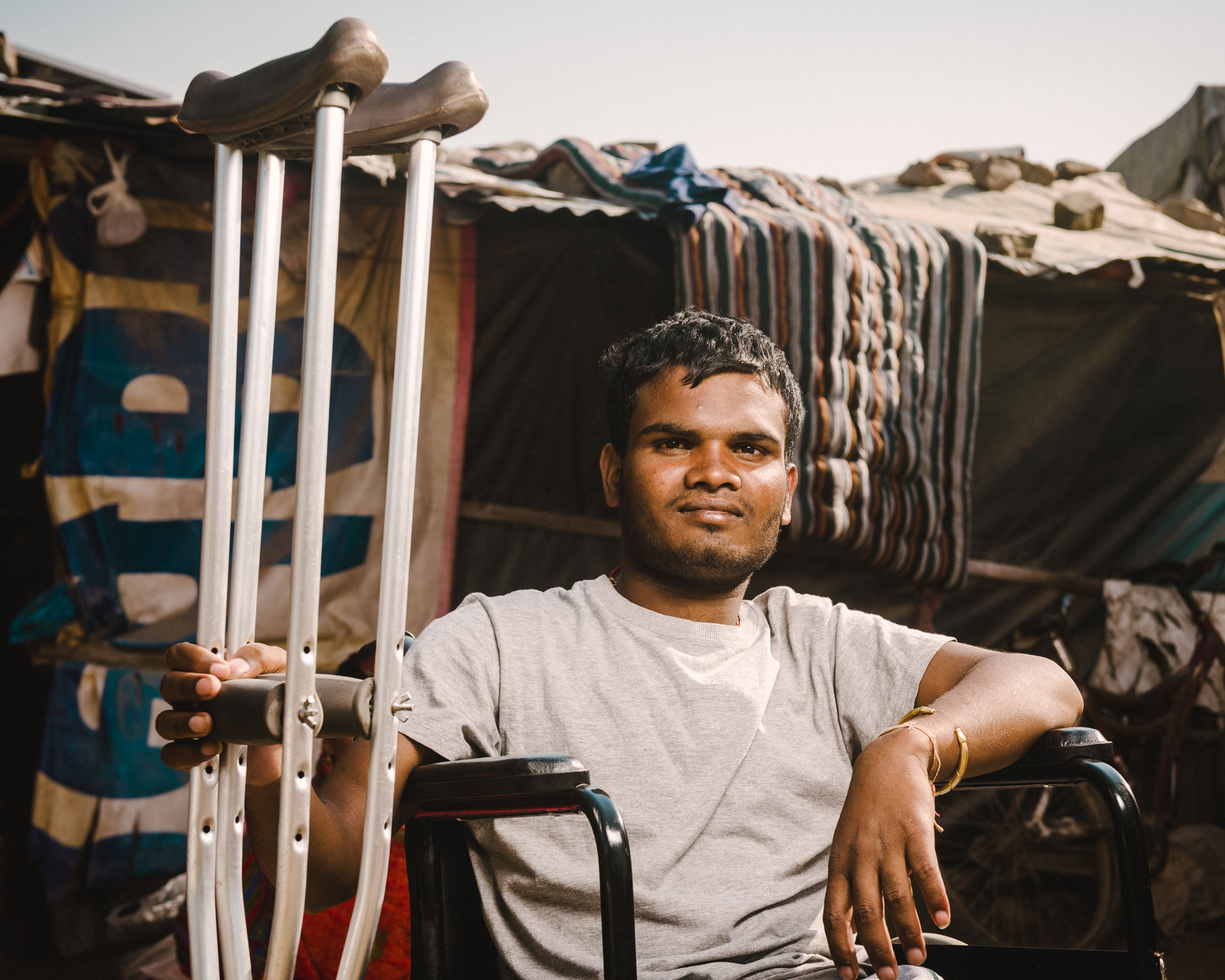
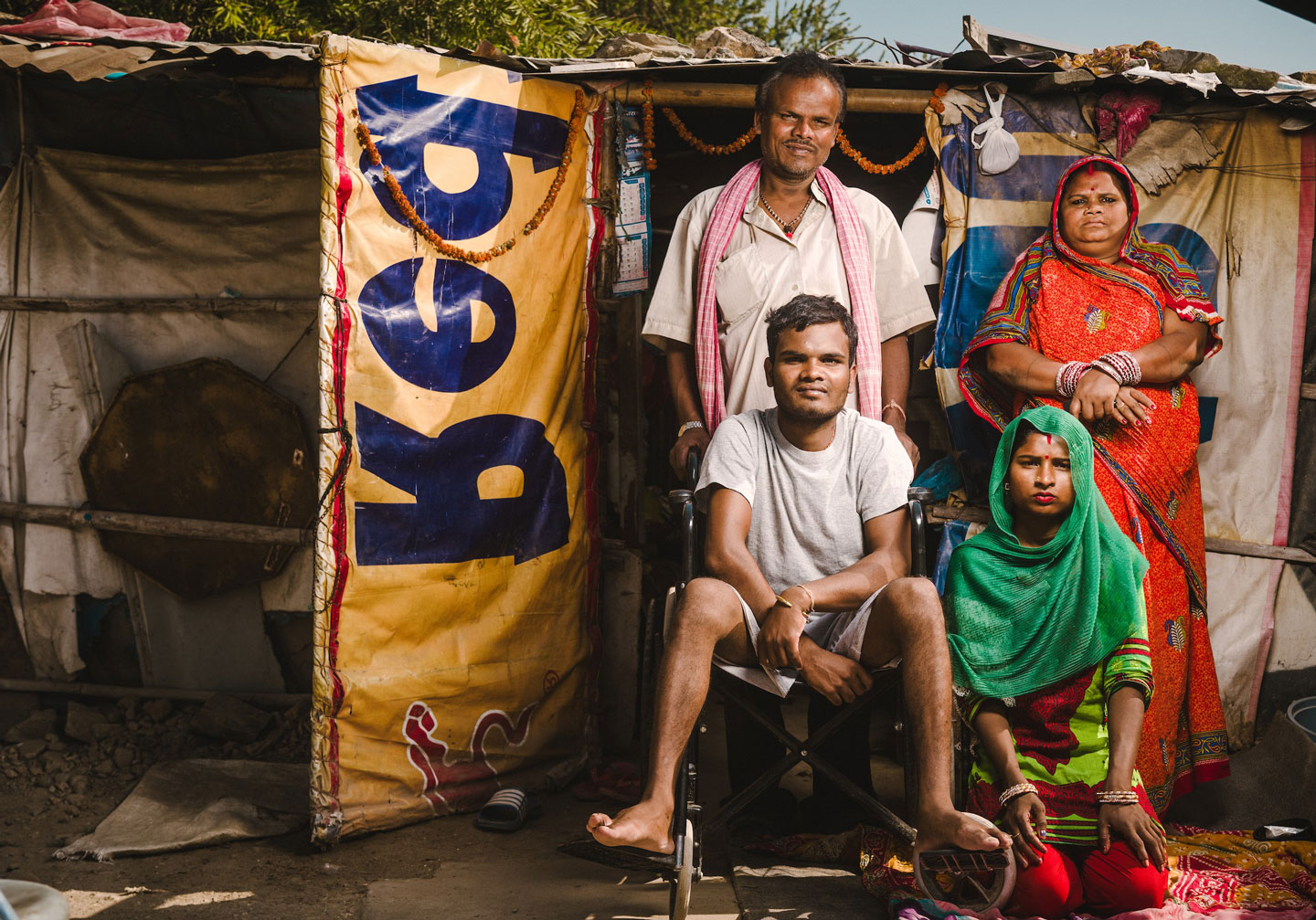
Case study
Meet Dipesh
Dipesh lives with his father and grandmother in the slums and squatter settlements of Thapathali on the banks of the Bagmati River. He is 8-years-old and currently in Year One at school. The April 2015 earthquake struck on a Saturday, so Dipesh, like many of his friends, was outside playing. “My heart started beating really fast when the earthquake happened, we all started running,” he recalls. His school only reopened a month after. He hasn’t had any earthquake preparedness lessons in school before or since the incident.
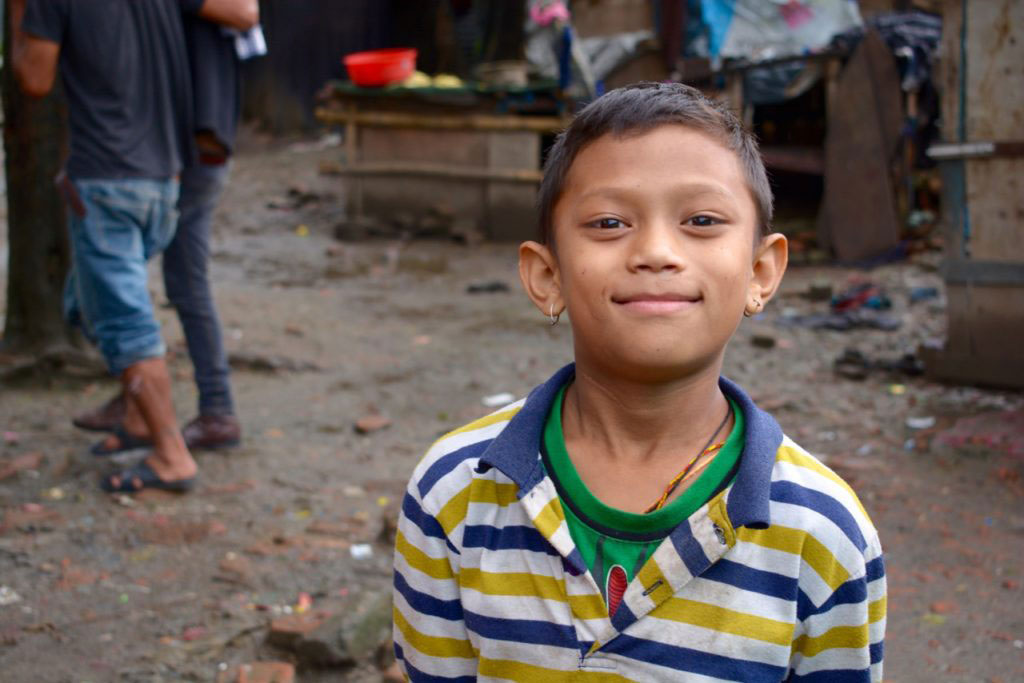
Slum and Squatter Settlements
How We Can Help
Street Child is looking to work towards empowering people – teachers and school management committees – to implement disaster risk prevention, reduction and management in schools, shelters, and sanitation and hygiene facilities. Sustainability is at the core of our approach.
Street Child is working to ensure that children from more than 150 households in
this settlement (Which Settlement?) have access to long-term education, health
services including WASH facilities, and safe and secure spaces to learn and live.
Some of our key focus areas for this project are:
- Increasing preparedness over a twelve-month period, by implementing
- complementary education, health and structural interventions
- Reducing school dropouts and child labour through these interventions
- Improving safety standards and the health outcomes at schools
